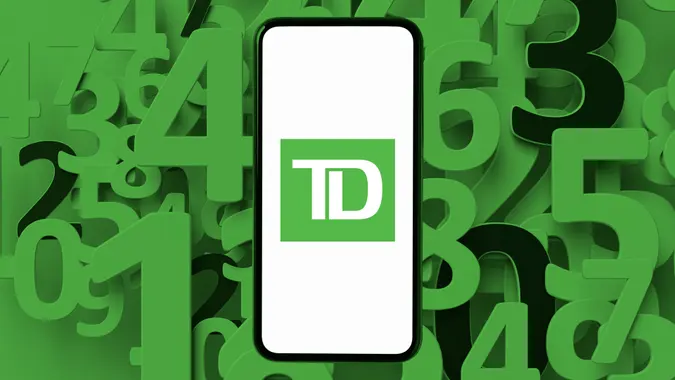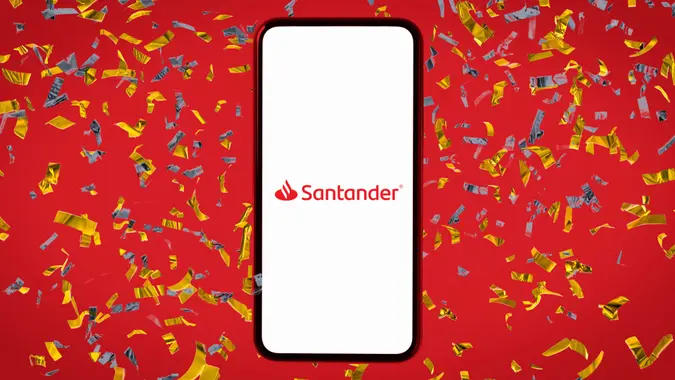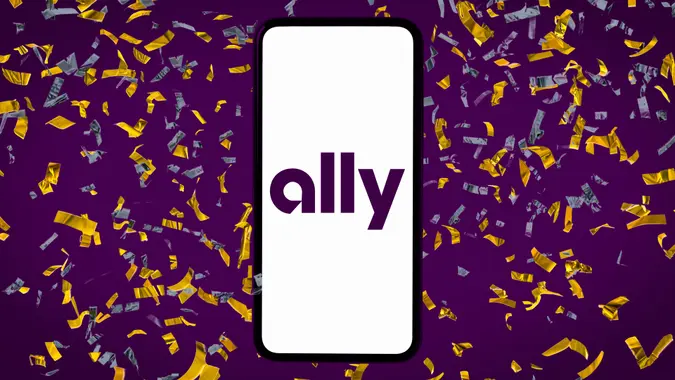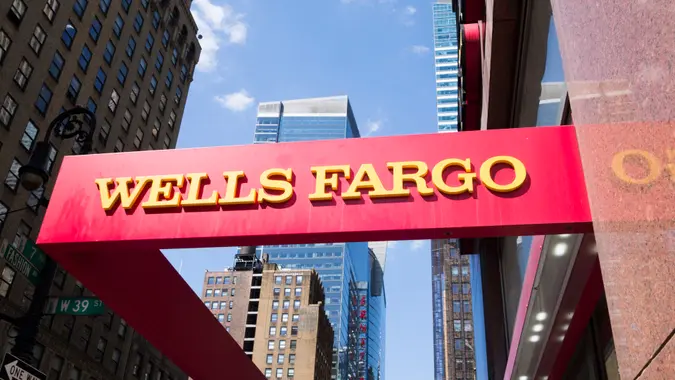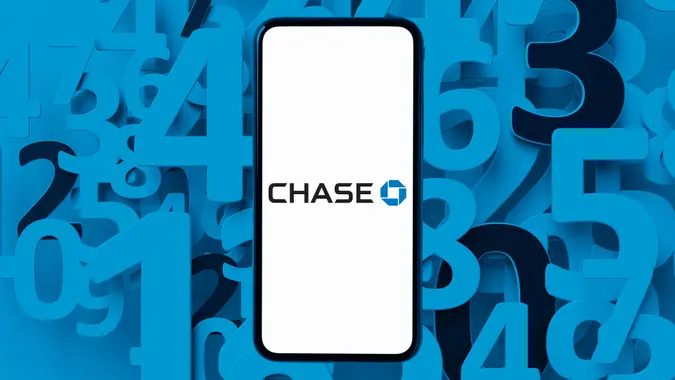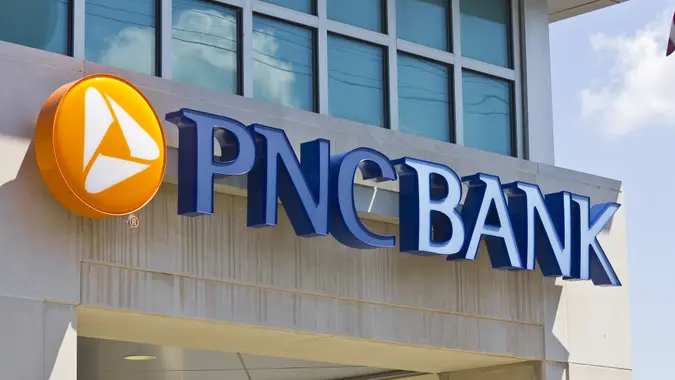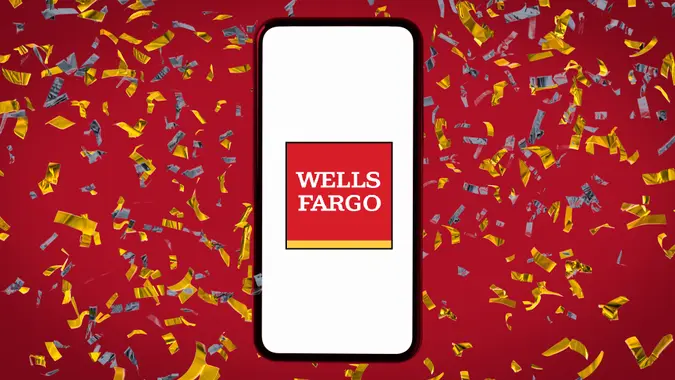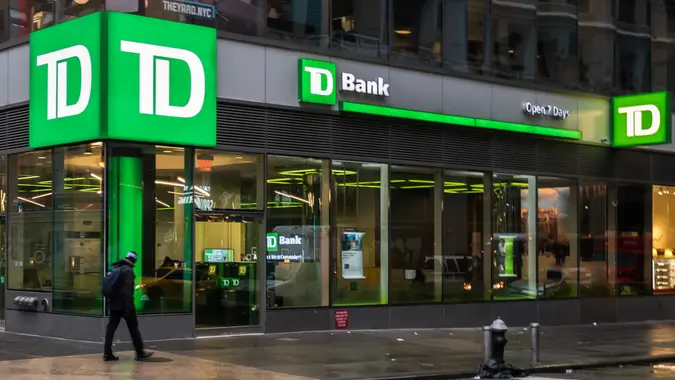What Is the Federal Reserve? Learn How This Critical Institution Operates
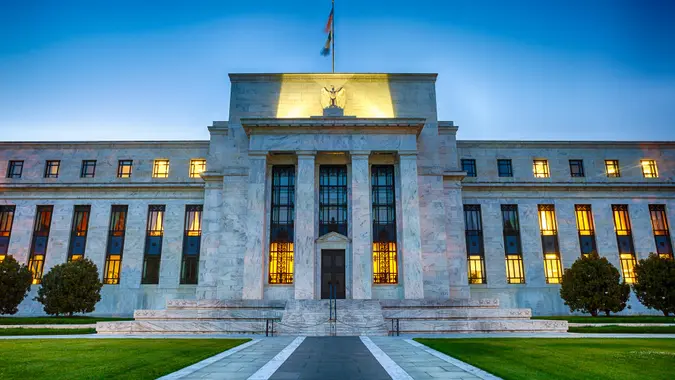
Commitment to Our Readers
GOBankingRates' editorial team is committed to bringing you unbiased reviews and information. We use data-driven methodologies to evaluate financial products and services - our reviews and ratings are not influenced by advertisers. You can read more about our editorial guidelines and our products and services review methodology.

20 Years
Helping You Live Richer

Reviewed
by Experts

Trusted by
Millions of Readers
From time to time, you’ll hear about the Federal Reserve when you turn on the news. The topic seems to arise any time there’s movement in the economic cycle.
But what is the Federal Reserve? In simple terms, the Fed is the central bank of the United States. Why is it important and how does it impact you and your finances? Keep reading to find out more.
What Is the Federal Reserve?
The Federal Reserve is the central bank of the United States, which means it’s charged with managing the country’s monetary policy. You may think that means the Fed is part of the governing body of the United States, but that’s not the case. It’s actually an independent agency that is accountable to Congress and the United States public.
In fact, the Federal Reserve isn’t even included in the congressional budgetary process. Instead, it produces interest-centric income, which is a result of investments in government securities. These securities are purchased through open market operations. The profits it generates are ultimately handed over to the U.S. Treasury and funneled back into the United States budget.
The 3 Main Components of the Federal Reserve
In an attempt to decentralize decisions at the Federal Reserve, it has three main components. Those components include:
- Federal Board of Governors: This component, which is also known as the central governing board, includes seven members. These members establish the discount rate and reserve requirements for member banks.
- Federal Open Market Committee: The FOMC sets the federal funds rate and manages open market activities. These would include quantitative easing and tightening.
- 12 Federal Reserve Banks: These banks carry out instructions from the other two parties of the Federal Reserve. It’s the arm that supervises commercial banks in the 12 financial districts in the United States.
Why Is the Federal Reserve Important?
The Federal Reserve is important because it lays the foundation for the United States monetary system and the economy as we know it. The Fed works to manage inflation, recession and employment data in the following ways.
Inflation
The Federal Reserve’s inflation rate target is 2%. That means prices will rise by 2% if the U.S. economy is performing as expected. The Fed’s primary tool for controlling inflation is the federal funds rate. Here’s how it works:
- Curbing high inflation: When inflation is over 2%, the Federal Reserve increases the federal funds rate. This results in banks charging consumers higher interest and consumers spending less money. As the law of supply and demand suggests, when demand decreases, prices tend to stabilize.
- Spurring price growth: When inflation is below 2%, the Federal Reserve reduces the federal funds rate. This results in a lower cost of borrowing for the end consumer. Which leads to more consumer spending and typically spurs price growth.
Recession
The Federal Reserve jumps into action when a recession takes hold. The Fed’s first line of defense is the federal funds rate. By reducing the rate, borrowing becomes less expensive. Naturally, when borrowing is less expensive, consumers tend to do more of it. This leads to consumer spending and could boost prices, pulling the country out of a recession.
If changes to the federal funds rate aren’t enough, the Fed may take an unorthodox approach.
One such example followed the financial crisis of 2008. The Federal Reserve decided that a lower federal funds rate wasn’t enough to curtail the economic damage of the recession. As a result, the Fed started purchasing mortgage-backed securities. This pushed long-term rates lower, further stimulating the United States economy.
Employment
The Federal Reserve also uses the federal funds rate as a way to ensure the U.S. economy offers positive employment opportunities. When rates are low, corporate expansion becomes less expensive, which may spur employment growth. On the other hand, the Fed must carefully balance the relationship between inflation and employment when considering changes to the federal funds rate.
What Does the Federal Reserve Do?
The Fed has five main functions:
How Does the Federal Reserve Impact Your Personal Finances?
The Federal Reserve impacts your financial life in multiple ways:
- Borrowing costs: Changes to the federal funds rate directly impact your borrowing costs. When the federal funds rate is low, so too are your borrowing costs, and vice versa.
- Employment opportunities: Changes to the federal funds rate have a profound impact on the employment opportunities you have access to.
- Prices: Federal Reserve policies have a direct impact on the prices you pay for consumer goods.
Final Thoughts
The Federal Reserve’s decisions play a significant role in your financial stability. It’s a good idea to keep tabs on what the Fed is doing to get an idea of what you can expect from the economy in the future.
FAQ
Here are the answers to some of the most frequently asked questions regarding the Federal Reserve.- Where does the Federal Reserve get its money?
- The Federal Reserve generates its profits from the interest it receives as a result of open market operations. The majority of this interest comes from government securities.
- Who runs the Federal Reserve?
- There is no single person that runs the Federal Reserve. Instead, a group of seven members, also known as governors, manage the Federal Reserve. These governors are hand-picked by the President of the United States and later confirmed in their positions by the Senate.
- Who owns the Federal Reserve?
- There is no single party or group of people who own the Federal Reserve. In fact, it's not owned by anyone. Instead, it is directly accountable to Congress.
Stacey Bumpus contributed to the reporting for this article.
Our in-house research team and on-site financial experts work together to create content that’s accurate, impartial, and up to date. We fact-check every single statistic, quote and fact using trusted primary resources to make sure the information we provide is correct. You can learn more about GOBankingRates’ processes and standards in our editorial policy.
- Discover. 2022. "How does the Federal Reserve interest rate affect me?"
- AS. 2023. "How do changes to the Federal funds rate affect to the inflation rate?"
- CNBC. 2023. "The curious history of the Federal Reserve’s 2% inflation targeting, explained."
- The Federal Reserve. "The Federal Reserve System Purposes & Functions."
- The Federal Reserve. "About the Fed."
- Federal Reserve Bank of New York. 2010. "FAQs: MBS Purchase Program."
 Written by
Written by  Edited by
Edited by 






